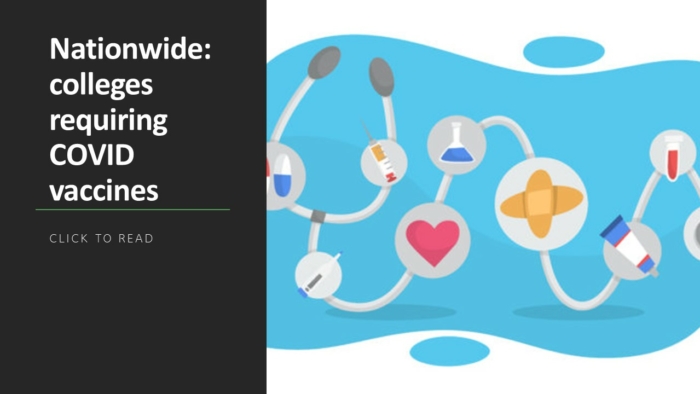Continuing education can be a game-saver for colleges and universities struggling with recruitment and enrollment, but all too often programs and those who work in them are being shortchanged and are falling behind.
That was one of the big takeaways of an annual report released Monday by Modern Campus and the University Professional and Continuing Education Association (UPCEA), which showed that 79% of CE leaders believe their departments don’t have the staffing support and key information they need to properly serve students and their campuses.
“The results of this year’s State of Continuing Education study highlight what UPCEA members already know – that online and professional continuing education leaders often lack both the data and resources needed to achieve the institutional goals set out for their unit,” said Bob Hansen, chief executive officer at UPCEA. “This is a time of unparalleled opportunity for online and professional continuing education units to improve the broader higher education field, and the data in this study is a key tool as they advocate for institutional change.”
Indeed, with stop outs high because of the pandemic and with many learners hoping to get back in and change career paths or enhance their current positions – such as adult learners, alumni, technologists, business workers and healthcare employees – the opportunities are there for higher education to take more of a lead in providing better workforce pathways. But building that pipeline to non-degree certificates and credentials, corporate training and other stackable credentials has hit snags because of what the report calls “administrative burden.”
More from UB: The Great Reskilling: Cengage CEO Michael Hansen says higher ed must meet demand
One of the major drawbacks for half of all leaders surveyed is not having access to real-time enrollment numbers, despite senior administrators continually expressing the need for CE to both grow enrollments and revenues. Those data are much tougher to come by at larger institutions. A third say they don’t have the proper software to handle department needs. How can divisions fully understand where enrollment is trending and what programs are working without those numbers? Those who were surveyed and could provide data showed decreases overall in program enrollment from 2019-20 to 2020-21.
“The future of higher education is lifelong learning,” said Brian Kibby, chief executive officer at Modern Campus. “Engaging learners beyond traditional two- and four-year programs is the best way for colleges and universities to thrive. This year’s research—along with nearly every conversation I have with presidents and provosts—confirms it. To support our communities, though, we need to better serve the CE and workforce development administrators who made it clear in this survey they don’t have the resources they need.”
Staffing isn’t the only problem. Around 10% said they just weren’t being funded well or they were not being marketed properly. A heavy lean toward traditional-style programs also may be undercutting growth potential. Many also said they don’t have the buy-in from senior leaders when it comes to scaling up their programs.
Because four-year programs tend to get the bulk of attention, CE can be easily overlooked, and that is a big mistake according to the corporate training and professional development director at one institution. Around 90% of CE leaders see microcredentials, badges and alternative pathways as being drivers of growth. Bolstering them can help meet market demand and help colleges hedge against third parties and bootcamp providers. Embracing them also would bring higher education much closer to a sustainable learning model, something that senior administrators seem to recognize. But so far, only around half of leaders surveyed said their colleges and universities put the proper marketing, financial and staffing muscle behind them.
“Higher education cannot have it both ways,” study authors wrote. “It cannot expect to achieve the ultimate potential of units without providing them with the necessary resources.”



